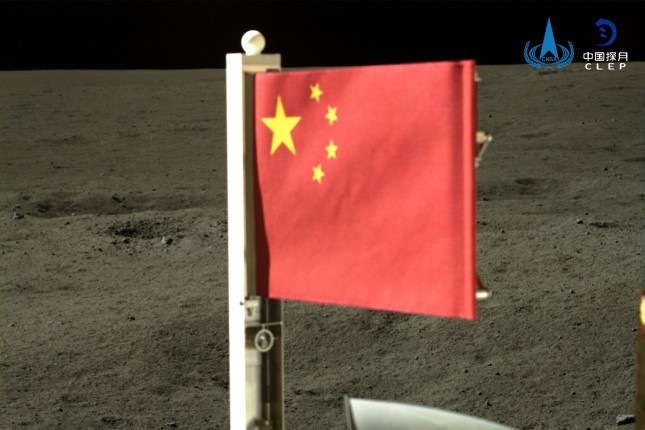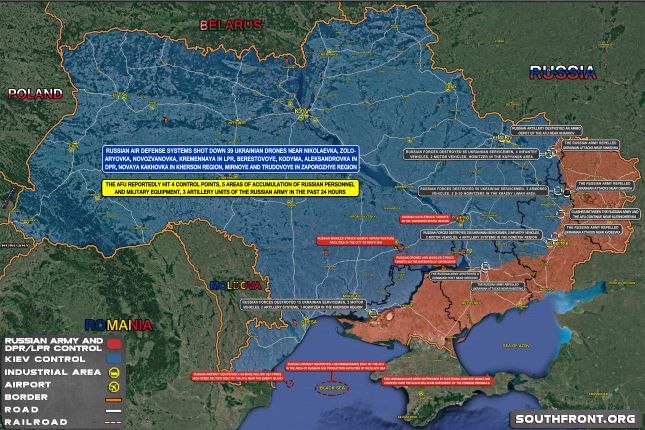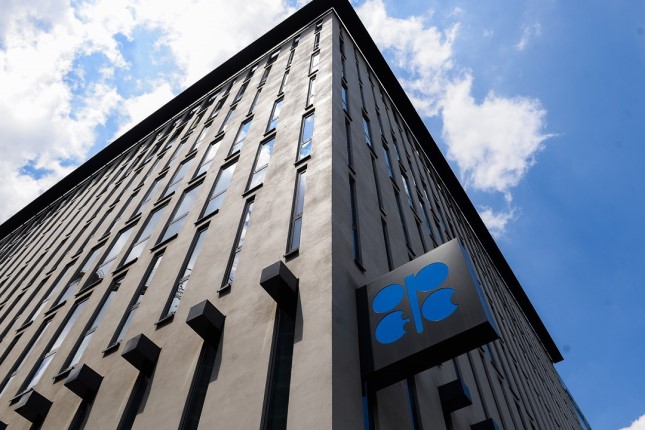Global Times learned from the China National Space Agency (CNSA) on Tuesday that after being powered by the 3000-newton engine for approximately six minutes, the ascender of Chang'E-6 took off from the lunar surface and entered its preset lunar orbit with success at 7:38 am on Tuesday.
The lunar probe, named after a moon goddess in Chinese mythology and the sixth in the program, completed sample collecting mission in the South Pole-Aitken Basin on the far side of the moon from Sunday to Monday, in an intelligent and rapid fashion, per the CNSA.
During the sampling and storage process, Chinese researchers in ground laboratories simulated the sampling area's geographic model based on data sent back by China's Queqiao-2 relay satellite. This simulation provided critical support for decision-making and the operation of various stages of the sampling process, Global Times has learned.
The probe has overcome the significant challenges brought by the heat on the far side of moon and successfully carried out the sampling process, a core task in its mission. Using two methods — drilling with a drill and surface collection with a robotic arm — it enabled automated, diverse sampling at multiple points, per mission insiders.
The Chang'e-6 lander is equipped with various instruments, including a descent camera, a panoramic camera, a lunar soil structure detector, and a lunar mineral spectrometer.
These instruments were smoothly powered on and executed planned scientific investigations. They played a crucial role in tasks such as examining the lunar surface's morphology and mineral composition and detecting the moon's shallow subsurface structure.
Before the probe drilled for samples, the lunar soil structure detector analyzed the subsurface structure in the sampling area, providing valuable data for the sampling process.
After surface sampling, the Chinese national flag carried by the Chang'e-6 lander was successfully unfurled on the far side of the moon, marking China's first dynamic display of the national flag on the lunar far side.
The flag is made of new composite materials and crafted with special techniques. Due to different landing positions, the Chang'e-6 flag display system was adaptively improved based on the Chang'e-5 mission.
Unlike launches from Earth, the Chang'e-6 ascender did not have a fixed launch tower system. Instead, the lander served as a "temporary tower," according to mission insiders.
The ascender's launch from the moon's far side posed greater challenges compared to the Chang'e-5 mission, as it could not directly receive ground control support and had to rely on the Queqiao-2 relay satellite and its own special sensors for autonomous positioning and attitude determination.
After ignition and liftoff, the ascender went through vertical ascent, attitude adjustment, and orbit insertion phases, successfully entering the predetermined lunar orbit.
International payloads onboard the Chang'e-6 lander, including the European Space Agency's (ESA) lunar surface negative ion analyzer and France's lunar radon detector, operated normally and conducted their respective scientific tasks, the CNSA mentioned in a statement it provided to the Global Times on Tuesday.
The French lunar radon detector functioned during the Earth-moon transfer, lunar orbit, and lunar surface stages. The ESA's lunar surface negative ion analyzer operated during the lunar surface stage. Additionally, an Italian laser retroreflector mounted on the top of the lander serves as a position control point for distance measurements on the far side of the moon, the CNSA disclosed.
Next, the ascender will rendezvous and dock with the orbiter-returner combination waiting in the lunar orbit. The lunar samples will be transferred to the returner.
The orbiter-returner combination will then fly in lunar orbit, waiting for the right moment to transfer back to Earth. Near Earth, the returner will re-enter the atmosphere carrying the lunar samples, with plans to land in the Siziwang Banner landing site in North China's Inner Mongolia Autonomous Region.
On May 3, the Chang'e-6 probe was launched, embarking on its journey to the moon. After experiencing lunar orbit insertion and the separation of the lander-ascender combination and the orbiter-returner combination, it successfully landed in the pre-selected landing area of the South Pole-Aitken Basin on the far side of the moon on June 2.
Photo © CNSA.
Source: The Global Times.
































